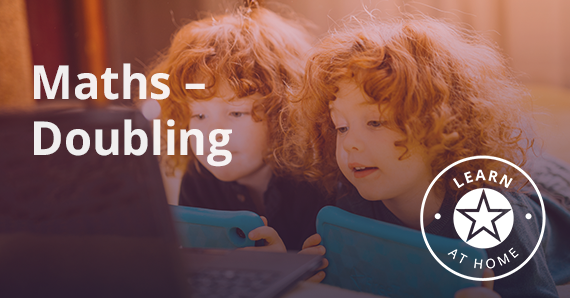Learning Intention:
To learn doubling and halving facts up to 20
Top Tips:
Practise chanting even numbers and odd numbers, going up to 20 and back, and then up to 100 and back.
Count in 2s on fingers and relate to times tables facts e.g. use 6 fingers to count 6 x 2 or hold up fingers to find out how many 2s are in 14 as you count in 2s.
Ideas for afterwards:
Keep practising chants in both odd and even numbers. Make it physical or exercise based – a one-two boxing action is great for counting in 2s, with an uppercut on every tens number!
Can your child start from different starting points and say the next odd or even number?
Make a 100 square and mark all of the even numbers so that your child can reference it when learning the counting sequence.
Use pairs of objects such as socks or gloves to make examples of doubles. Take pictures of each doubling diagram for reference and quick recognition.

